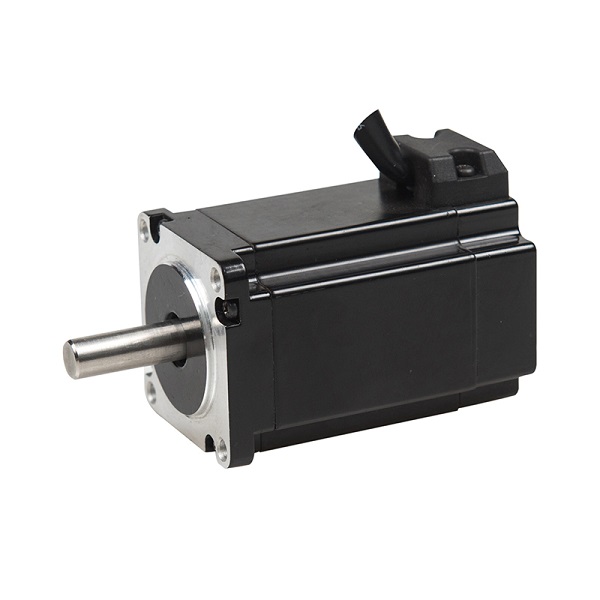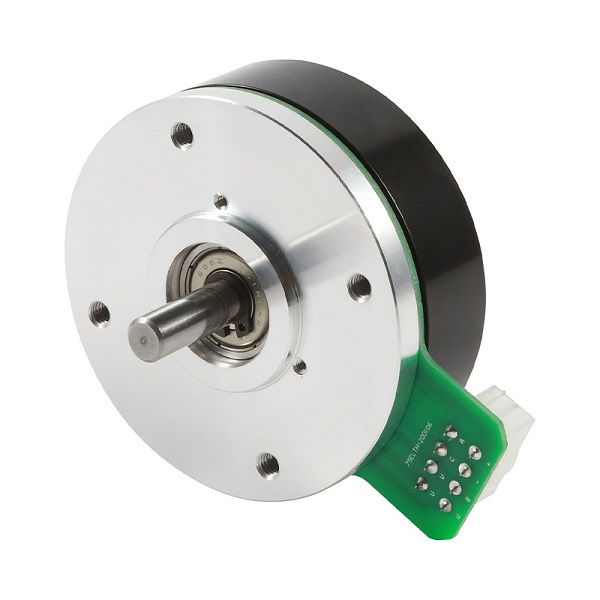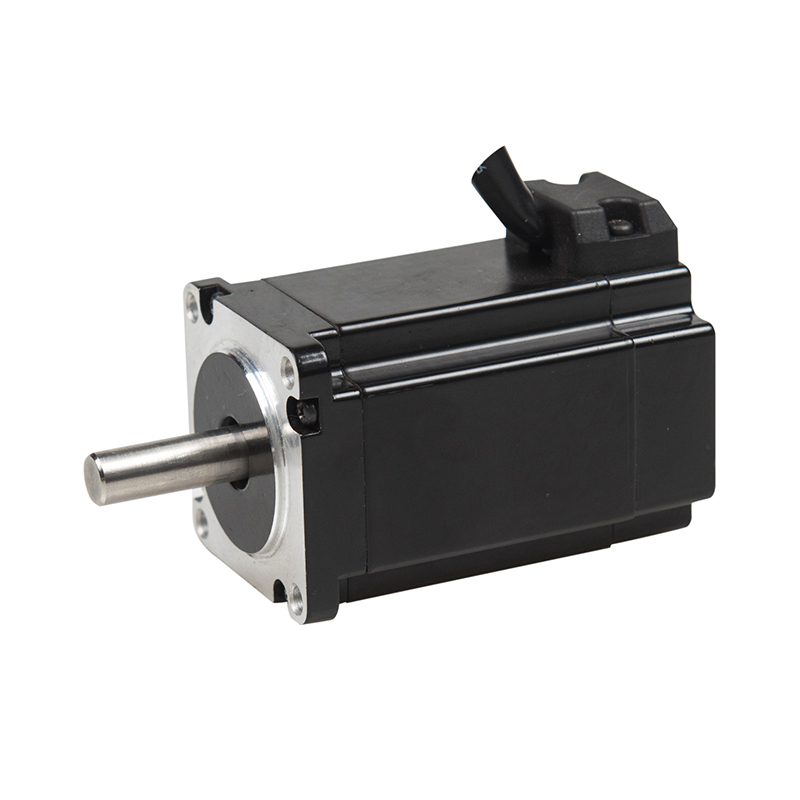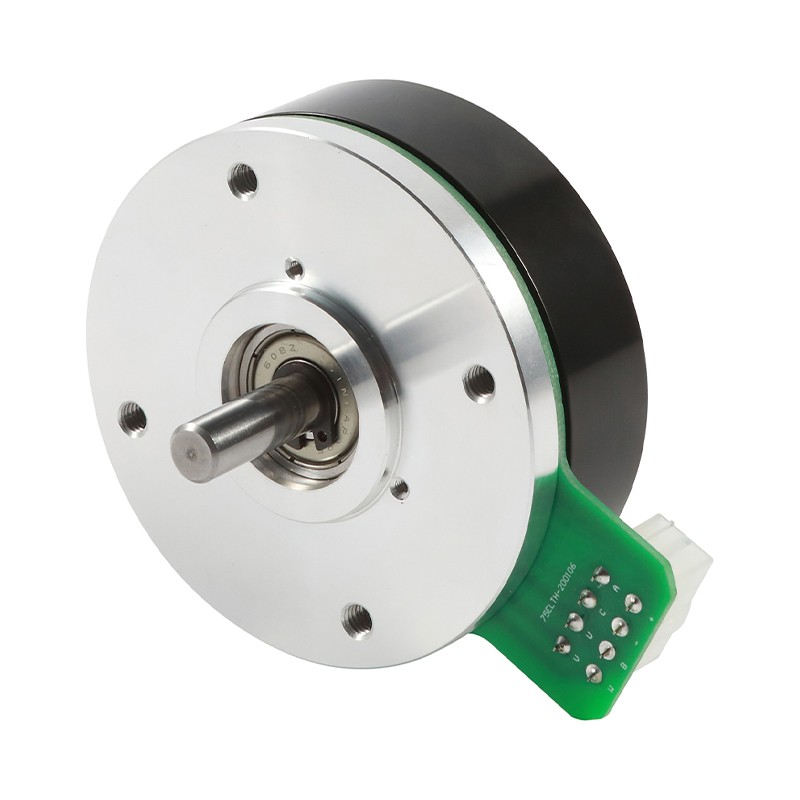Which is better, brushed or brushless DC motor?
 Feb 28, 2025|
Feb 28, 2025| View:117
View:117
Since the birth of DC motors in the 19th century, their core structures have undergone numerous innovations. In the early days, brushed DC motors dominated the market due to their simple design and low cost. However, as the industry's requirements for efficiency, lifespan, and reliability have increased, brushless DC motors (BLDC) have gradually come to the fore. Especially in fields such as new energy vehicles, smart homes, and automated equipment, innovative designs such as 48V DC brushless motors and flat brushless DC motors have become the focus. So, in the face of different application scenarios, which one is more practical, the brushed motor or the brushless motor? This article will conduct an in-depth analysis of brushed vs brushless DC motors from multiple dimensions such as structure, performance, and application.
Brushed vs Brushless DC Motors
Structural Differences: The Fundamental Distinction between Mechanical and Electronic
Brushed DC Motors: Tradition and Limitations
The core of a brushed motor lies in the mechanical structure of "brush + commutator". The brush supplies power to the rotor coil through physical contact and switches the current direction through the commutator to maintain rotation. Although this design is simple and low-cost, it has significant drawbacks:
Wear and Maintenance: The friction between the brush and the commutator causes the carbon brush to gradually wear out and requires regular replacement.
Efficiency Bottleneck: Mechanical contact generates additional heat and energy loss, with efficiency usually below 80%.
Brushless DC Motors: The Revolution of Electronic Commutation
Brushless motors replace mechanical brushes with electronic controllers and use Hall sensors or back electromotive force to detect the rotor position and precisely control the current direction. Their advantages include:
Contactless Design: Eliminates wear parts and can have a lifespan of tens of thousands of hours.
High Efficiency: Efficiency generally exceeds 90%, especially performing better at high speeds.
Trend towards Compactness:Flat brushless DC motors adopt an outer rotor or thin design, suitable for smart devices with limited space.

Performance Comparison: Efficiency, Lifespan, and Applicable Scenarios
Efficiency and Energy Consumption
Brushed Motors: Due to brush resistance and friction losses, their efficiency drops significantly at low load.
Brushless Motors: Electronic commutation reduces energy waste, and 48V DC brushless motors achieve low current loss with high voltage, making them suitable for high-power demand scenarios such as electric vehicles.
Lifespan and Maintenance Cost
Brushed Motors: The brushes need to be replaced every 500 - 2000 hours, requiring frequent maintenance.
Brushless Motors: Due to the absence of mechanical wear, the theoretical lifespan can exceed 10 years, especially suitable for continuous operation scenarios in industrial automation.
Noise and Electromagnetic Interference
The commutation sparks of brushed motors not only generate noise but also cause electromagnetic interference; while brushless motors operate more smoothly through sinusoidal wave drive, meeting the requirements of high-precision environments such as medical equipment.
Core Applications: The Innovation of 48V System and Flattened Design
The Rise of 48V DC Brushless Motors
In new energy vehicles and energy storage systems, 48V DC brushless motors have become the mainstream due to the following advantages:
High Power Density: The 48V system outputs greater torque at the same current, meeting the driving requirements of electric vehicles.
Energy Conservation and Safety: The moderate voltage can not only reduce line losses but also avoid the safety risks of high-voltage systems.
The Space Breakthrough of Flat Brushless Motors
The flattened design (Flat Brushless DC Motor) optimizes space utilization through outer rotors or thin stators, with typical applications including:
Consumer Electronics: Miniature devices such as drones and smart watches.
Industrial Robots: Joint drive modules require a balance between high torque and compact size.

Selection Guide: How to Match Motor Types According to Requirements?
Applicable Scenarios of Brushed Motors
Low Cost, Low Complexity: Products with low lifespan requirements, such as toys and small household appliances.
Simple Speed Regulation Requirements: The speed can be controlled by adjusting the voltage.
The Future Potential of Brushless Motors
High-Precision Control: Servo systems and medical equipment rely on the closed-loop control capabilities of brushless motors .
Long-Term Operation: Applications that require reduced downtime for maintenance, such as industrial pumps and fans .
Emerging Fields: With the popularization of 48V DC brushless motors and flattened designs, their penetration rate in smart cars and Internet of Things devices will continue to increase .
Conclusion: The Inevitable Choice under Technological Iteration
Overall, brushless DC motors, with their high efficiency, long lifespan, and low maintenance costs, are gradually replacing traditional brushed motors and becoming the core driving force for industrial upgrading and consumer electronics innovation. Especially the high-power characteristics of 48V DC brushless motors and the space adaptability of flat brushless DC motors have further expanded their application boundaries. Although brushed motors still have short-term value in low-cost fields, brushless technology is undoubtedly the leading direction for future development.
For enterprises, choosing the type of motor requires weighing the initial cost against the long-term benefits. In a market that pursues sustainability and performance optimization, brushless DC motors are not only a reflection of technological progress but also a key factor in enhancing product competitiveness.


































